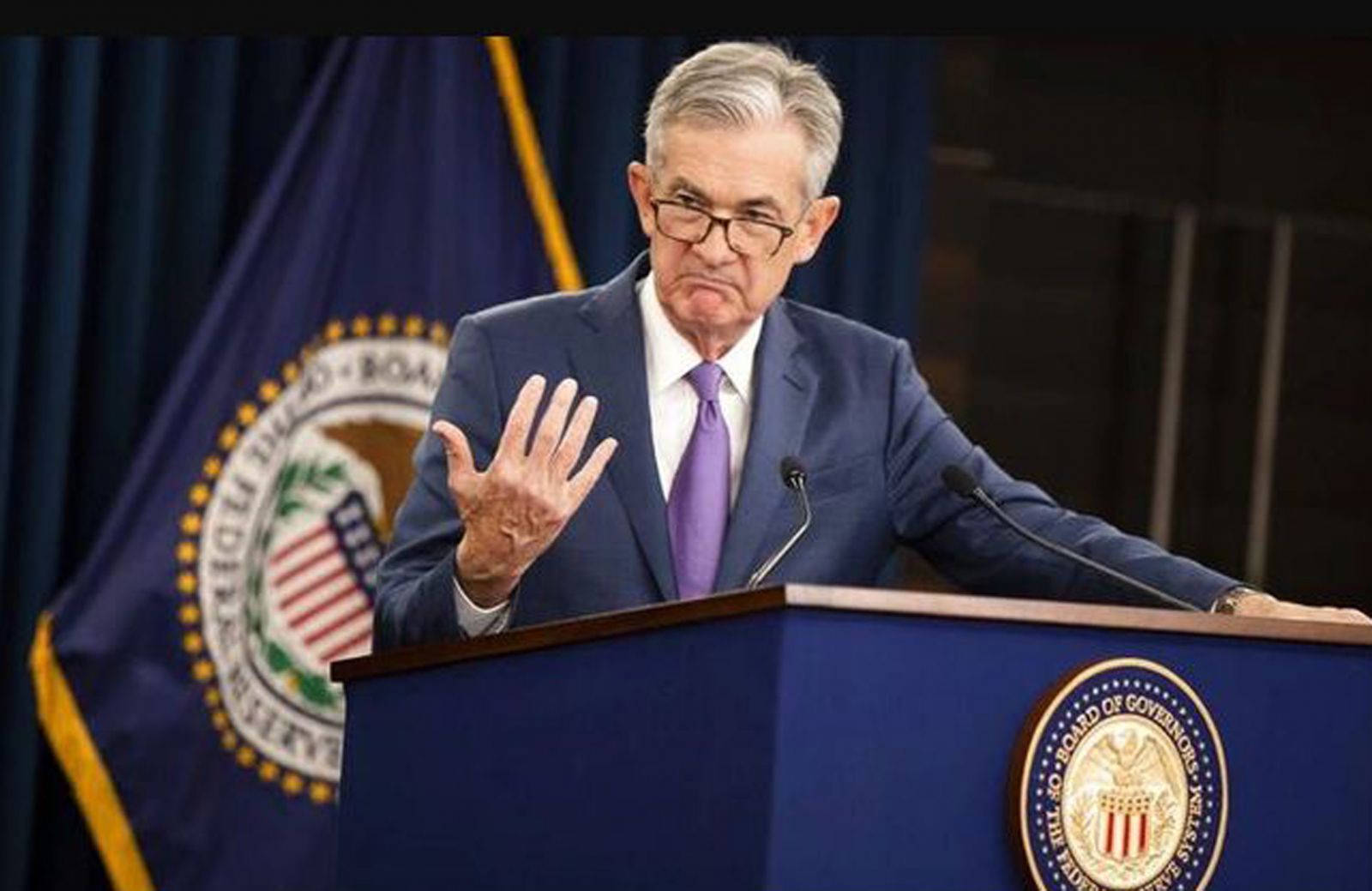When will the FED cut rates?
Financial markets continue to price in the possibility of the Federal Reserve starting to cut rates before the end of next year.

Many said FED would start to cut rates before the end of next year.
>> Will FED go harder with its rate hikes?
Many economists say that either the Fed does not cut next year at the risk of over-tightening, or cuts, but faces a credibility problem as a result.
It would not be surprising if many members of the Fed now feel that former Vice Chair Richard Clarida has a lot to answer for. If you remember, his legacy was to provide the Fed with a new monetary policy strategy, which has unfortunately turned out to be the most ill-timed change in strategy that we can recall.
For just as the Fed was adopting a strategy in mid-2020 on the basis that inflation had vanished and was unlikely to return, it reappeared with a vengeance, and the new policy strategy was hopelessly inadequate to deal with it.If you recall, there were really two key elements to the new strategy. The first was to base policy on average inflation rates; the second was to eschew forecasts of inflation and instead to postpone the policy response until inflation was well and truly evident.
While everything is easy in hindsight, these changes left the Fed massively behind the curve when inflation started to rise for two reasons. The first was that prior years had seen such mild inflation that the average inflation rate was still very low even as the current rate surged. And secondly, the Fed’s wait to see the whites of inflation’s eyes before hiking, meant that the first hike happened when PCE price inflation was already rising at an extraordinarily high 6.3%.
Many would argue that it is not worth crying over spilt milk. The Fed might have made a mistake, but it is not as if other central banks that left their policy strategy untouched, are in a better position; witness the Bank of England, for instance. That’s true. The key question now is what kind of policy the Fed will pursue in the future.
Mr. Steve Barrow, Head of Standard Bank G10 Strategy, said that if it is going to stick to an average inflation strategy, the scope for rate cuts as early as next year seems very hard to justify. Of course, we don’t know just what sort of averaging period the Fed has in mind. A number of regional Fed presidents have talked about a five-year period. If that’s the case and if PCE inflation develops as private sector economists forecast (in the Bloomberg survey, for instance), then average inflation will be around 3.2% and still rising by the end of 2023 even if the annual rate is down to 2.4% as the economists predict. Further still, an average inflation target necessarily implies that annual rates spend some time undershooting the target after a period of overshooting.
>> What to expect from FED’s upcoming meetings?
Even if Fed officials regard the average target mechanism as more asymmetric than this, meaning that inflation will be allowed to overshoot more than it undershoots the 2% target, it is still hard to argue that a 3%-plus average in Q4 2023 gives the Fed scope to cut rates. Of course, Fed officials might be thinking about a different averaging period and, if it is a longer one than five years, it might offer more scope to cut rates before the end of next year.
Perhaps more likely is the idea that the Fed simply won’t adopt this average inflation target and will, as in the past, cut rates if it forecasts that annual PCE inflation is going to fall headlong to – and through – the 2% target. If that’s the case, it implies an even worse legacy for Clarida than the one he seems to have right now.
All this leaves the Fed positioned between a rock and a hard place. If, as seems likely, the economy falls into a "real" recession and price pressure dissipates quite quickly, the Fed could cut rates next year, but at a cost to its credibility. Alternatively, if it tries to abide by the average inflation targeting regime, it risks over-tightening policy, leaving its credibility intact, perhaps, but at the cost of a deeper downturn than required.








